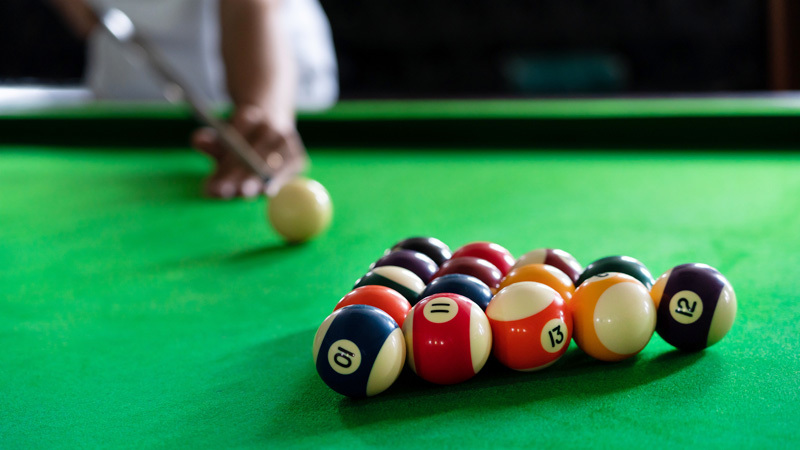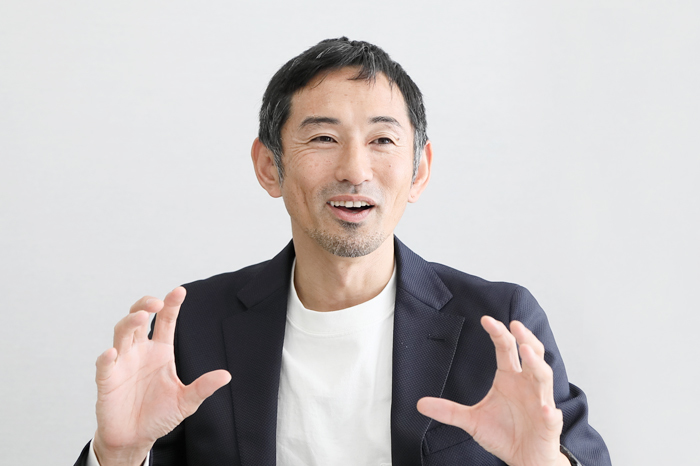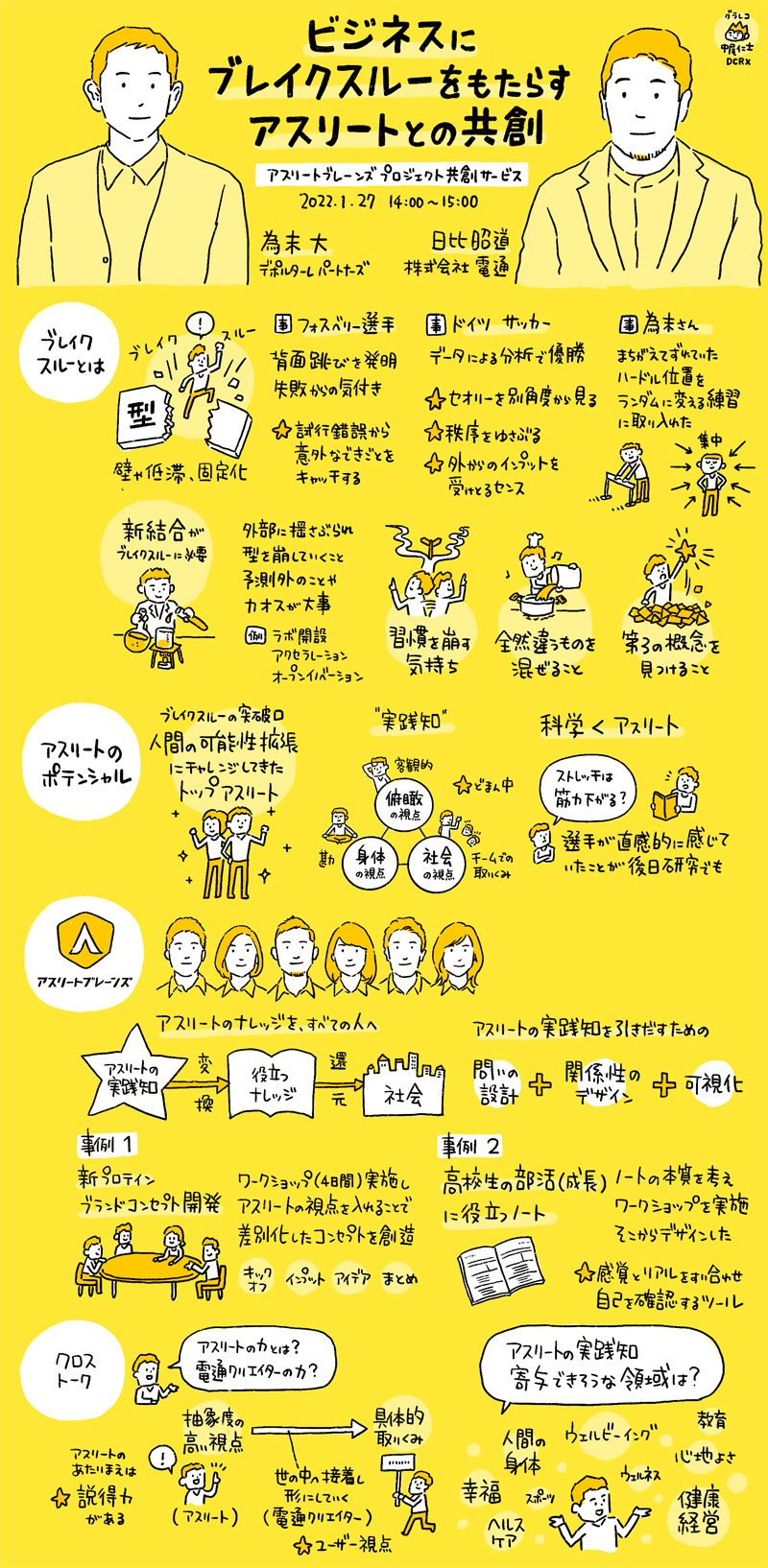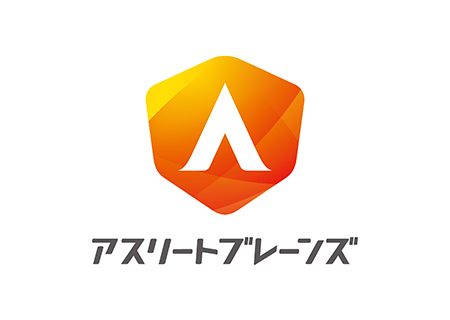On January 27, 2022, a webinar featuring a dialogue between Mr. Dai Tamesue and Mr. Hibi of Dentsu Inc. was held. The theme was "Creating Breakthroughs in Business." Both are core members of the Athlete Brains project team. This initiative aims to apply athletes' insights across various business contexts.
The webinar's subtitle was "Co-creation with Athletes." For our editorial team, which has long handled Mr. Tamesue's serialized work, this is now a familiar concept. But athletes × business? What on earth are they talking about? I imagine many readers feel this way.
But this topic is profound. Even if you just skim it, I urge you to give it a read. I'm sure you'll find something valuable.
Breakthroughs Require a "Wall"
At the start of the webinar, Mr. Tamesue began by saying: "Breakthroughs require a wall. An invisible wall that everyone thinks, 'Well, that's the limit.' When we hear 'breakthrough,' we tend to think it's something achieved by a handful of geniuses with a sudden, wild idea, right? That's not it. Discovering that invisible wall. That's where breakthroughs are born."
The example he cited was high jumper Bill Fosbury. Until then, the standing jump was the standard technique. Fosbury introduced the "Fosbury Flop" – a backflip technique – and shattered the existing records. "What's fascinating here is that his style was born from failure. While he was determined to jump higher, he once lost control and flipped backward. As a result, he cleared the bar with a spin. 'Huh? This might work!' That's where the breakthrough happened."
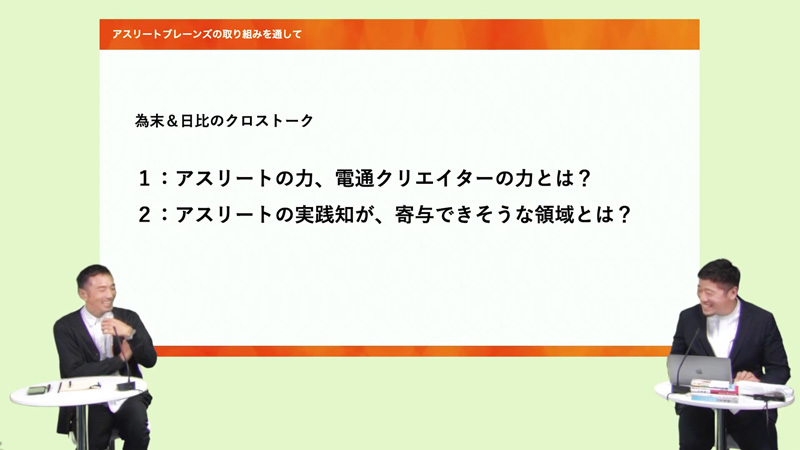
Tamesue and Hibi during the webinar
Mr. Hibi, who holds various titles such as creator, business developer, and facilitator, responded: "I get it. That moment of 'Huh? Is there an invisible wall here?'—that's when ideas start bubbling up. Having played American football in my student days, I think sports are full of those moments of realization. Back then, I could run 50 meters in exactly 6 seconds flat."
"If you don't shake things up, breakthroughs won't happen."
"6 seconds flat for 50 meters? That's quite a bit slower than me," Tamesue interjects with a lighthearted tease, and the webinar continues in a relaxed atmosphere.
Tamesue states, "Breakthroughs happen when you're shaken by something. It's impossible relying solely on your own strength. It might be a teammate, or a single word from a coach. It could be the wind blowing at that moment, or the times themselves. If you're just shaking yourself, it's merely ticklish. Huh? When you experience being swept away, wondering where you're drifting, that's when you make discoveries. The order, rules, and habits you believed in before start to wobble."
"You could also call it breaking the theory," said Hibi. "Even if you desperately try to force a breakthrough, it doesn't just happen easily. Struggling to improve results within existing methodologies won't yield surprisingly dramatic outcomes either."
What is the essence of "concentration"?
"I think the foundation of breakthroughs is catching something you didn't intend or even imagine, and then adjusting to it," said Mr. Tamesue. "I did the hurdles. Just a 3-meter headwind would shift my stride by about 3 centimeters. That tiny shift was fatal. What can you do? You can't predict when the wind will blow, how strong it will be, or from which direction. So, the only option is to adjust your own body to respond to that wind, right?"
So what did Tamesue do? While he was facing away, he had his track team juniors subtly shift the hurdle spacing and continued his practice.
"When people talk about concentration, they often imagine staring at a single point and striving relentlessly under fixed rules, right? That's not it. I think it's about how well you can respond to the unexpected, how much you can adjust, and whether you can instantly focus your mind there. It's not about losing yourself in deep immersion. It's about how calmly you can maintain your composure amidst noise and obstacles. It requires tremendous courage and, crucially, good sense. When you're prepared for that, you start to think, 'Huh? Wait a minute... Could this actually work?' That's when you find the spark for a breakthrough."
The Importance and Difficulty of "Practical Knowledge"
Mr. Tamesue frequently uses the term "practical knowledge." No matter how much abstract discussion you have at your desk, it won't hold up in the field. "Athletes understand this through their own bodies. Things like 'if I move my feet this way, I'll get a better time' can only be gained from practical knowledge. But here's the dilemma: if you're bound by practical knowledge, you can't achieve breakthroughs. I think this applies to corporate employees and executives too – you can't create innovation by just riding on past successes. That's precisely the difficulty of practical knowledge."
Hibi suggests that three perspectives are necessary: "overview, one's own body, and society." Imagine a top athlete. Whether a Major Leaguer, soccer player, or sumo wrestler, the athletes we admire seem to have mastered these three aspects. Tamesue clearly unraveled this concept for us. "The bird's-eye view means objectivity. Engaging with your body means honing your instincts. The societal perspective means prioritizing the team's victory. And there's no manual out there showing the answers. You have to take risks yourself, make discoveries each time, and make judgments on your own."
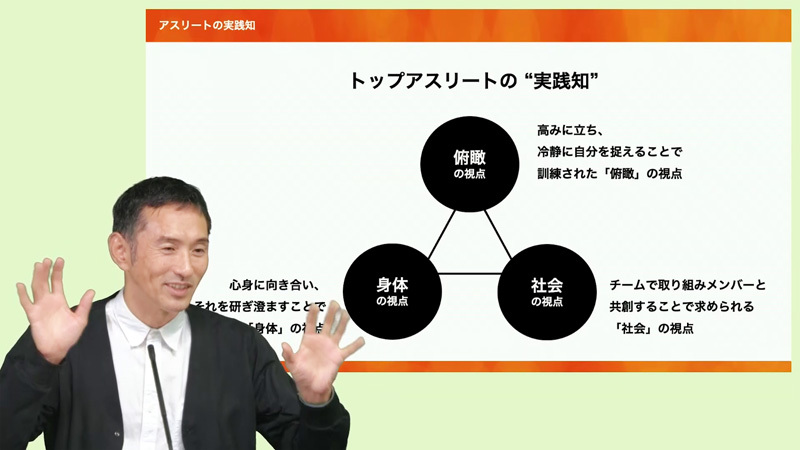
Diagram of Practical Knowledge
Let's Go with "One Table"
Under the slogan "Bringing athletes' knowledge to everyone," Tamesue expressed the essence of Athlete Brains' activities through the word "One Table."
"Top athletes possess practical knowledge but lack the words to express it. Meanwhile, corporate professionals can manipulate various words and numbers, yet lack the corresponding practical knowledge. It's not about which is superior or more important. Why not sit at the same table and talk? For example, during a session with a company on 'How to Achieve Healthy Bones?', we offered two proposals derived from practical knowledge – 'Stimulate the bones' and 'Maintain proper posture' – which are utterly fundamental for athletes."
The corporate representatives at the table reportedly responded with, "Huh? What do you mean by that?" For healthy bone development, calcium is essential. This requires consuming a certain amount of calcium daily. For product development teams constantly thinking about how to make calcium intake tasty, this must have been a revelation.
From Hibi, Athlete Brains Production Team
We had the privilege of hosting a webinar with Mr. Tamesue. We are grateful for the many viewers who joined us. In this webinar, we discussed co-creation with athletes as one potential path to "breakthrough." Companies often unconsciously fall into patterns of using the same members, the same methods, and the same decision-making processes. These patterns are like "molds." Recognizing these molds and breaking them requires effective external disruption. Innovation is said to arise from new combinations—new combinations that create breakthroughs. We would be truly grateful if you would consider Athlete Brains as one such option.
Athlete Brains, led by Dai Tamesue.
For details on our team that applies knowledge cultivated by athletes to solve challenges in the world (businesses and society), please visit:




